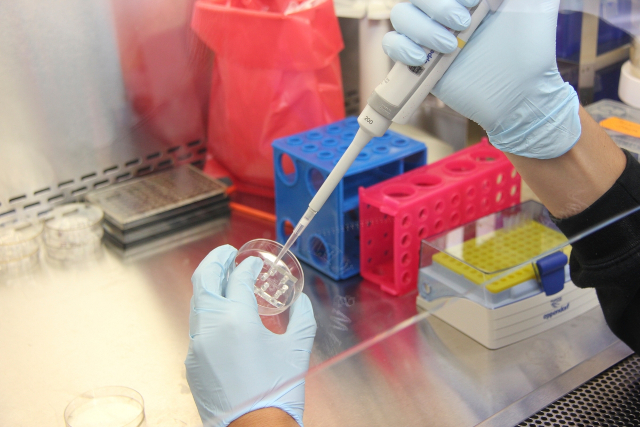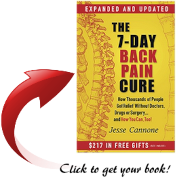I found this interesting article on the site ScienceDaily and it does get a bit techy with some scientific jargon, however, please bear with me as it may be of interest to you. The main topic of the article revolves around NaV1.7, and you must be thinking … what in the world is that and how does it pertain to pain relief, yes? Read on!

Compound provides innovative pain relief
“Researchers at the University of Arizona Health Sciences are closer to developing a safe and effective non-opioid pain reliever after a study showed that a new compound they created reduces the sensation of pain by regulating a biological channel linked to pain.”
Click on this link to continue reading the article ===> Compound provides innovative pain relief

The article on the site ScienceDaily discussed a study run by the University of Arizona Health Sciences staff. The research study focused on finding a safer solution to pain relief, as compared to medications that resulted in negative side-effects due to prolonged use. They had looked into regulating NaV1.7 rather than pursue traditional approaches to blocking NaV1.7, which did not result in significant pain relief. For starters, pain is a perception that is created by our brain. And so simply put, when we get pricked by a needle or a staple on the finger (ouch!), that pain signal goes through our nervous system and to the brain, and it generates what we understand as physical pain. The mechanism for transporting that signal from that needle/staple pricked finger to the brain is the NaV1.7. A normally functioning NaV1.7 will definitely get our attention when tissue on or in our body is injured.
The researchers focused on regulating NaV1.7 rather than blocking it as a means to achieve pain relief. They developed a compound, which they named “194”, and used it to regulate NaV1.7. According to the article, “… the team successfully regulated NaV1.7 activation in the laboratory using nerve cells from four different species, including humans. In animal models, 194 was effective in reversing pain in six different pain models in both sexes”. The results so far are promising, and the researchers are looking at getting FDA approval to perform clinical trials using 194’s “… potential as a pain-relieving drug”.
When clinical trials using compound 194 shows successful results in relieving pain in humans, then that will be good news! It will be a step forward in the right direction, moving away from a 100% reliance on opioid-based pain killers to a safer, non-addicting approach to pain relief.
To Your Success & Freedom,
Glenn Shimabukuro



